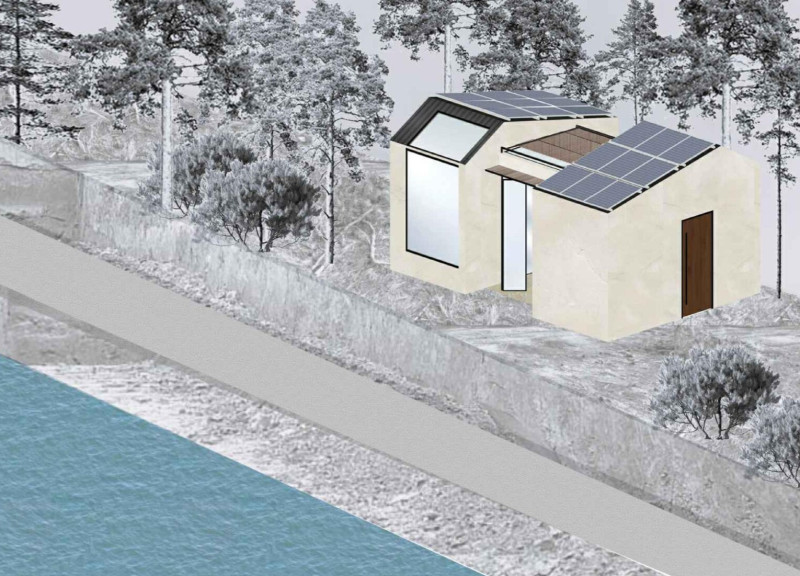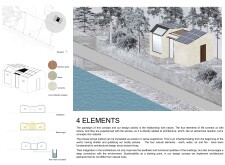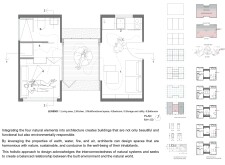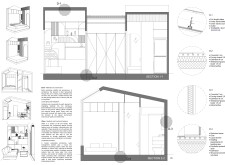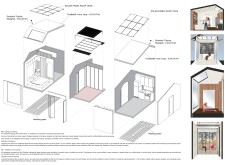5 key facts about this project
## Project Overview
The architectural design is situated in a natural environment, likely near water bodies, which informs its overall concept and execution. The intent is to create a cohesive living environment that integrates the four classical elements—earth, water, fire, and air—within its structure. This design approach emphasizes sustainability while fostering a genuine connection with nature, allowing residents to engage in a sensory experience that enriches their daily lives.
## Material and Structural Composition
The project employs a diverse palette of sustainable materials, enhancing both functionality and aesthetic appeal. Bamboo wood is utilized for its renewability and warmth, while stone contributes to the earth element with its permanence. Concrete provides structural integrity, and Earthwool insulation enhances thermal performance, ensuring comfortable internal climates. Additionally, reformed stone maintains local aesthetics, and Kingspan products such as Trodlekt® v-line ceilings and Solatube Tubular Skylights optimize energy efficiency and natural lighting.
The architectural form features two interconnected volumes designed to maximize natural light and ventilation. The strategic orientation and placement of windows, skylights, and openings facilitate airflow and illumination throughout the space. The interior layout is divided into designated functional zones, including a spacious living area that connects visually to the outdoors, an efficient kitchen promoting social interaction, private bedrooms with natural light access, a sustainable bathroom, and multifunctional spaces adaptable to various needs.
## Environmental Considerations
The design integrates key environmental strategies to enhance the relationship between the building and its landscape. Rainwater harvesting systems provide a sustainable approach to water management, while strategically positioned openings allow for effective cross-ventilation, improving air quality. The layout is oriented to optimize solar gain during colder months and reduce heat in the summer, demonstrating a comprehensive understanding of passive environmental design principles.


